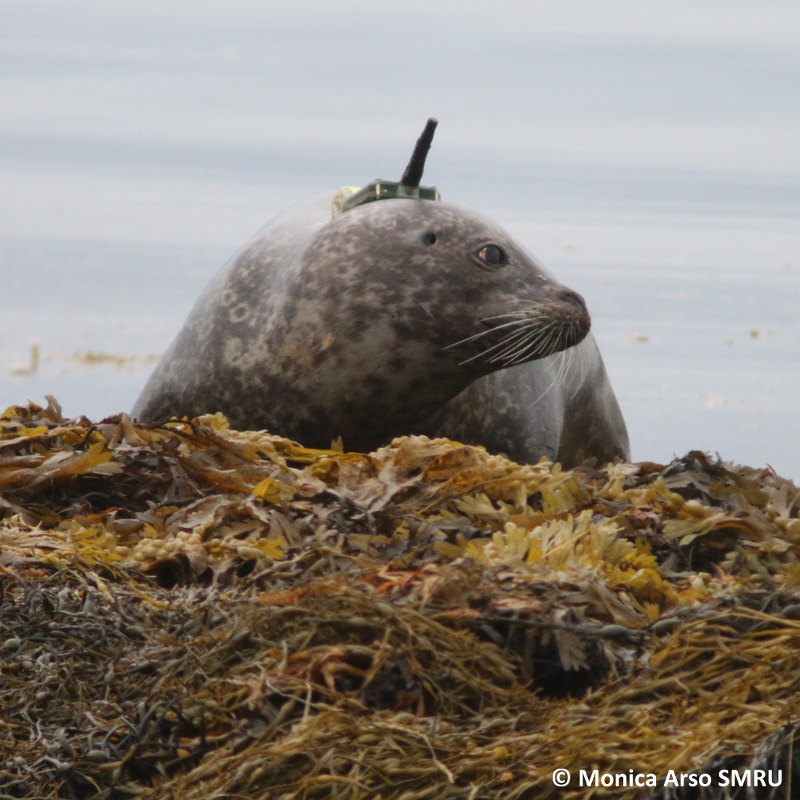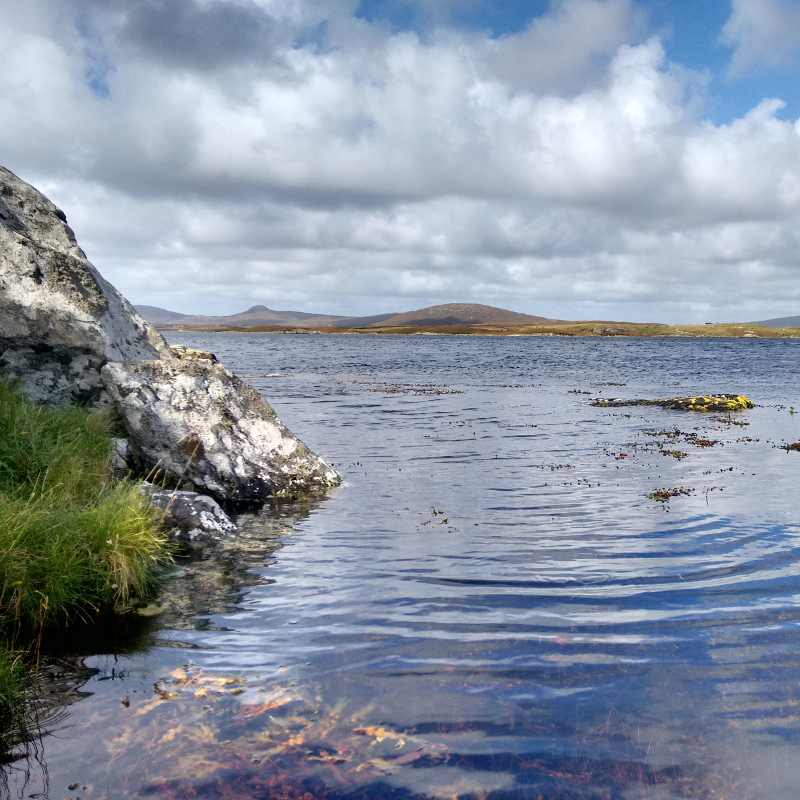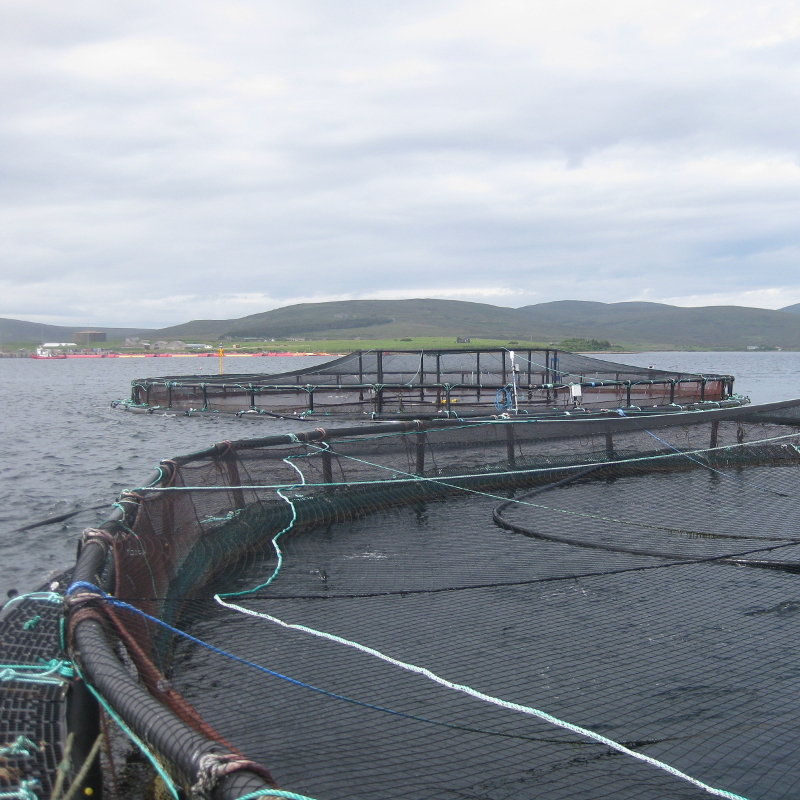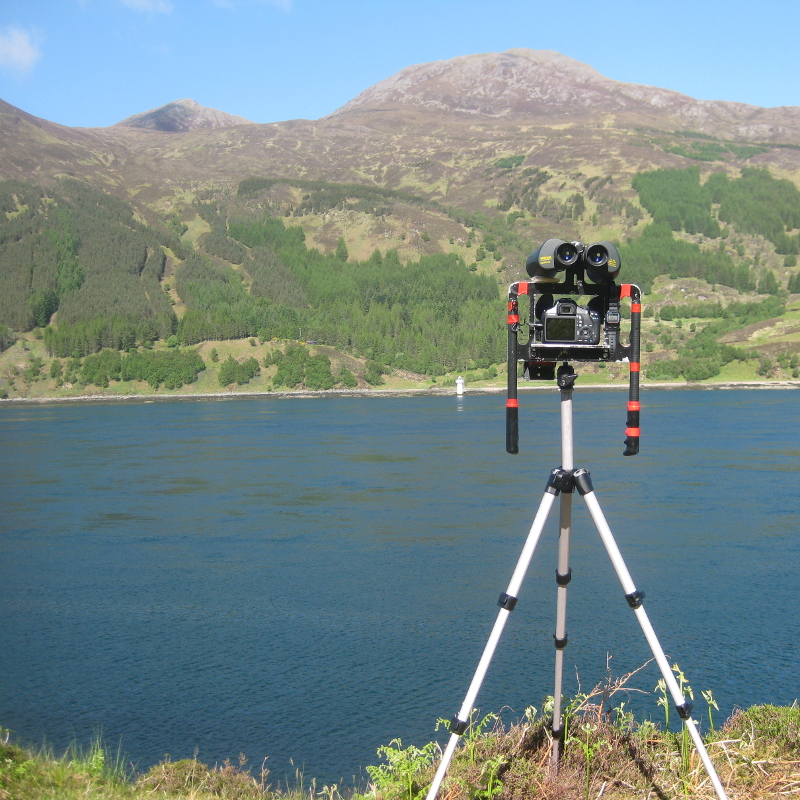Katherine Whyte
Ecological Statistician // Marine Biologist
Biomathematics and Statistics Scotland
katherine.whyte@bioss.ac.uk
Katherine Whyte
Ecological Statistician // Marine Biologist
Biomathematics and Statistics Scotland
katherine.whyte@bioss.ac.uk
My research interests are in human-wildlife interactions, animal movement, statistical ecology and marine biology. I am particularly interested in the effects of disturbance on animal movement behaviour, and in using and developing statistical methods to (1) further understand animal ecology in these contexts, and (2) provide useful information for future management of human activities. Listed below are some of my main interests:
Find below descriptions of some of my current and past research projects:
Collaborative project funded by Crown Estate Scotland / Offshore Wind Evidence and Change programme
PrePARED is a four-year project, led by the Scottish Government's Marine Directorate, that aims to improve understanding of how seabirds, marine mammals and fish respond to offshore wind farms. This collaborative project brings together government, industry and academia.
The project team includes scientists from BioSS, UKCEH, SMRU, SMRU Consulting, University of Aberdeen, University of Exeter, Aarhus University, NatureScot and Natural England.
Read a case study I wrote on the project, or visit the project website.

Offshore energy activities can have adverse effects on marine wildlife. In particular, marine renewable developments, such as pile driving, wind farms and tidal energy extraction, pose a significant, yet poorly understood, risk to seals: noise can cause immediate hearing damage, turbine blades cause physical injury, and prolonged operations can potentially exclude seals from their natural habitat. Using movement and dive data from harbour seals (Phoca vitulina) fitted with GPS tags, my PhD aimed to quantify the effect these activities have on seal behaviour, and improve methodological approaches to do this.
Whyte et al., 2020: "Estimating the effects of pile driving sounds on seals: Pitfalls and possibilities"

Saline lagoons are coastal water bodies that have a restricted connection to the sea. Despite being recognised as a priority habitat for conservation, data on saline lagoon biota across Scotland is limited, and taxonomic confusion has led to doubts in previous species records. Based at National Museums Scotland, the aim of this work was to assess the diversity and distribution of lagoon flora and fauna across Scotland by establishing comprehensive species lists and voucher specimen collections. I was involved in all stages of the project (survey planning, fieldwork, sample processing, species identification, preparing voucher specimen collections) and carried out surveys of lagoons in North and South Uist, Assynt, Argyll and the Firth of Forth.

Seal depredation is a common problem on Scottish salmon farms, causing substantial financial losses each year due to damage of both fish stocks and equipment. Acoustic deterrerent devices (ADDs) are widely used in Scotland as a means of reducing depredation, but the reported success of these devices still appears highly variable. Using records of seal-attributed mortalities from fish farms across Scotland, hidden Markov modelling was used to investigate factors influencing the occurrence and severity of seal depredation events. The number of expected salmon mortalities was found to be dependent on both season and region, with significant reductions in mortalities detected when some types of ADD were used.
Senior Honours Research Project, University of St Andrews

There is growing evidence that tidally energetic sites are important habitats for marine mammals, potentially presenting predators with rewarding opportunities for foraging. As part of a wider research project at SMRU, I undertook visual surveys of harbour seals (Phoca vitulina) in the tidal channel of Kyle Rhea on the west coast of Scotland. Using generalised linear models (GLMs), I investigated the effect of various temporal, tidal, anthropogenic and environmental factors on the number of seals using the channel. A new method for geolocating animals at the water surface from photographs (using triangulation of known landmarks on the shore) was also developed, calibrated and tested.
For more information on this study, see Hastie et al., 2016.